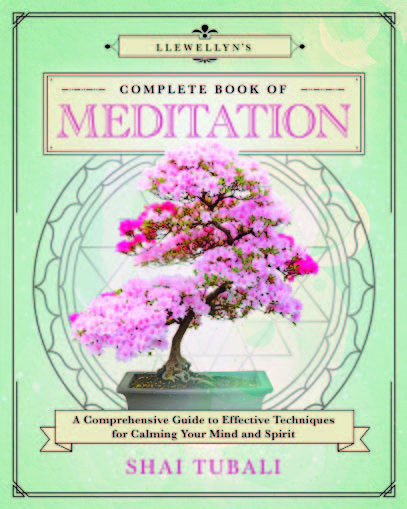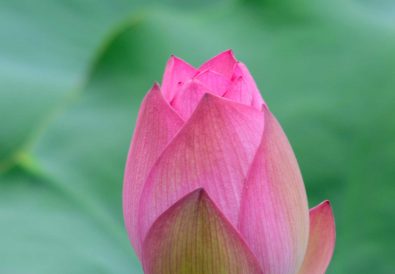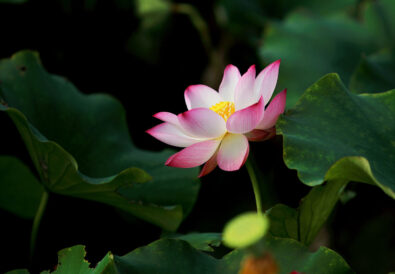How do you face your negative emotive states, such as intense anger, anxiety, sadness, loneliness, grief, and confusion? When we are overwhelmed by these types of difficult feelings, most of us choose, consciously or unconsciously, one or two of the following reactions:
- Complete identification. You become your emotions and let them take over, including expressly manifesting them (sometimes in unbridled ways).
- Suppression. You do your best to avoid these emotions by pushing them down to some dark corner of your being and moving on.
- Self-analysis. You attempt to grasp the origin of your feelings and to regulate them through understanding.
- Cultivating counter-thinking. You try to stay as “spiritual” and “positive” as possible by holding on to consoling or happy thoughts.
- Turning to techniques or meditation. You make use of cognitive or physical methods, like self-inquiry or breathing, that have worked for you in similar moments of distress.
The reasons you choose one of these approaches are varied. You may be guided by the understandable desire to feel good, or you may worry that your feelings will get out of hand, or you may prefer to bypass emotions that you feel you have no tools to deal with. There is, however, a sixth possible response to your so-called darker moments: the way of tantric transformation.
Light at the Heart of Darkness
There are numerous ways to classify spiritual approaches. One major distinction is the way you perceive the contents of your inner world and attempt to connect with them. The conventional approach encourages you to observe your thoughts and emotions from a neutral, detached position. The less conventional, tantric path is convinced that if you fearlessly move into the heart of darkness, you will discover that it is actually a tremendous source of illumination. Thus, instead of transcendence, you choose the way of transformation.
This is true of all your negative states and experiences in life, including your worst traumas: Place yourself inside them with compassion and wisdom, and you will realize firsthand that each of them encapsulates a specific energy that, when released, leads you to expanded consciousness, increased presence, and empowered action in the world.
Tantra, a radical spiritual approach found in different religions and mystical schools from Hinduism to Buddhism and Taoism, is at its best when it comes to our “darkest” elements. While the neutral way of meditation strives to move toward the light, tantra shows us that darkness is not the opposite of enlightenment. As the tantric Buddhist Lama Yeshe once wrote, a skillful tantric practitioner manipulates energies like desire and anger to advantage in the same way that an herbalist would take poisonous plants and turn them into powerful medicine. All these materials provided to you by existence are precious, meaningful, and sometimes even more potentially beneficial than many of your positive moments. That’s why your sexuality, attachment, or heartbreak should be usefully embraced as transformative opportunities.
This, I believe, is a fresh and realistic approach: Being human, we must pass through these apparent demons. We may harbor a self-image of ourselves as impeccable Buddha statues, but what makes us Buddhas is not necessarily the absence of certain feelings and situations — rather, it is in the way we encounter them. Of course, all spiritual traditions, Tantra included, agree that we shouldn’t become over-identified with these states. But tantra’s added value is that by totally agreeing to be in a challenging condition, without reservation or avoidance, you are learning to ride the wave so that when it’s gone, it leaves you not only undamaged but also more enlightened.
The Art of Relaxing Into Darkness
Try this once: When you are confronted with feelings like loneliness or sadness, or when things in your life seem to come apart, instead of wishing to dissolve the intensity of the condition, agree to move into it and to sit still and relaxed inside it. This may feel peculiar at first, a curious blend of being intimate with your feelings while not fully identified with them. Invite the emotional state to rise to the surface of your awareness and to unfold like a flower before your mind’s eye. Do this without self-condemnation: Only compassion toward your condition can yield understanding of the true nature and potential of this state.
Rather than dissipating the uncomfortable feeling, contain it and let it expand. You will be surprised that when a seemingly uncontainable negative energy is permitted to spread throughout your being, it also expands your consciousness. We often fear that emotions like frustration or anger might be a bottomless pit, but even the worst state has a limit, and when you let it reach this limit, it becomes something else.
A good starting point can be your anger. Either identify accumulated and suppressed anger or wait for the next moment when it is naturally triggered. Anger is our last resort in the face of our painful powerlessness in the world. Through anger, we try to impose our thwarted will on unyielding people and circumstances. Thus, we first need to be aware of the pain of powerlessness that hides behind our anger, while empathetically acknowledging that it is humanly reasonable that we struggle to be powerful when we have absolutely no control.
Your next step is to notice that when you are angry, you become connected with a resource of power inside you. Anger’s red, concentrated energy makes you like a roaring lion or an untamed horse, a condition which is significantly better than your usual weak or sleepy state.
In other words, anger makes you fully present: You claim and fill the space around you, and this implies that anger is the foundation of presence. Attempting to be present based on your good and soft energies may not be enough. That’s why the deities of tantric Buddhism, which are supposed to represent your Buddha nature, seem not only loving but also wrathful. The message is clear: Anger is the burning material from which you arise as the magnificent being that you are.
If you breathe into your anger and let its concentrated energy spread throughout your being, without dissipating or expressing it, it will eventually shatter your sense of smallness and limited self-image. Your anger will make you bigger. If you feel you can’t contain it, simply broaden your being. What has truly troubled you has been this sense of smallness: not your failure to tame the reality around you, but your own stifling identity. And when you finally satiate your need for presence and power, you will also feel able to return to the world and act in accordance with your new measures.
 Shai Tubali is a happiness history expert. His numerous books have appeared internationally for the past two decades in 11 languages and have been published by major publishers. Several have become bestsellers, inspiring many thousands on their inner journeys of mental, emotional, and spiritual transformation. A PhD researcher at the University of Leeds, UK, Tubali explores 35 meditation techniques from all over the world in his newest book, Llewellyn’s Complete Book of Meditation. Tubali shares common principles that can help modern humans struggling with trauma, fear, uncertainty, depression, anxiety, and screen addiction. Discover modalities and research on finding calm and clarity at shaitubali.com.
Shai Tubali is a happiness history expert. His numerous books have appeared internationally for the past two decades in 11 languages and have been published by major publishers. Several have become bestsellers, inspiring many thousands on their inner journeys of mental, emotional, and spiritual transformation. A PhD researcher at the University of Leeds, UK, Tubali explores 35 meditation techniques from all over the world in his newest book, Llewellyn’s Complete Book of Meditation. Tubali shares common principles that can help modern humans struggling with trauma, fear, uncertainty, depression, anxiety, and screen addiction. Discover modalities and research on finding calm and clarity at shaitubali.com.



















